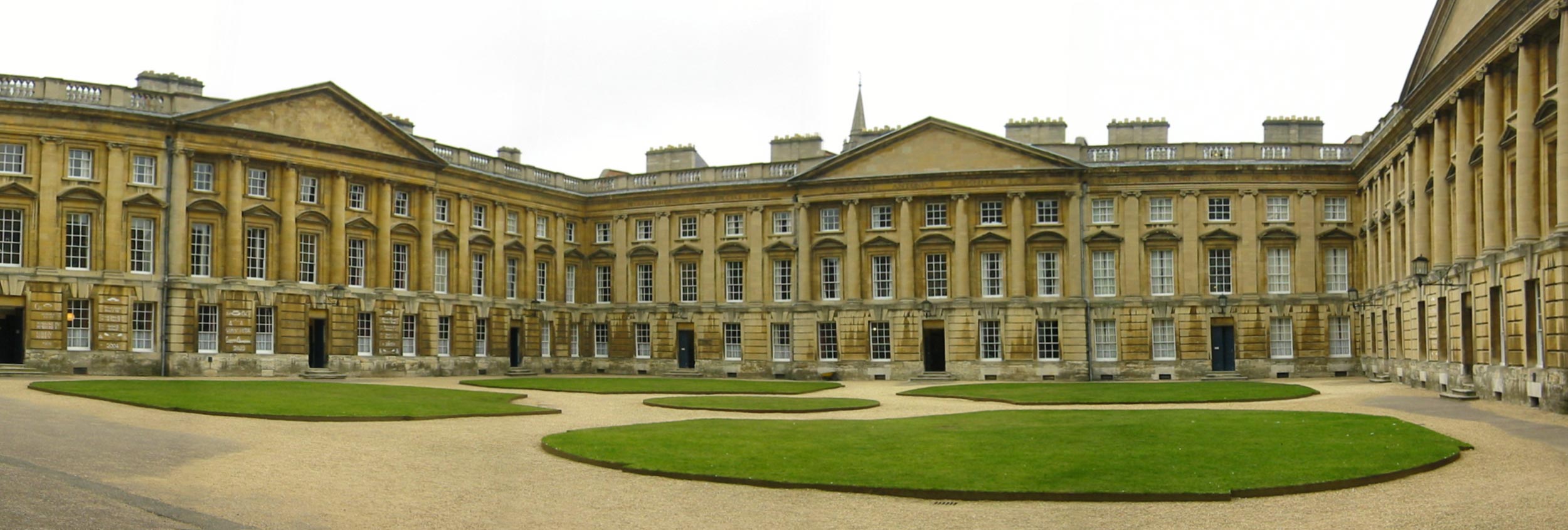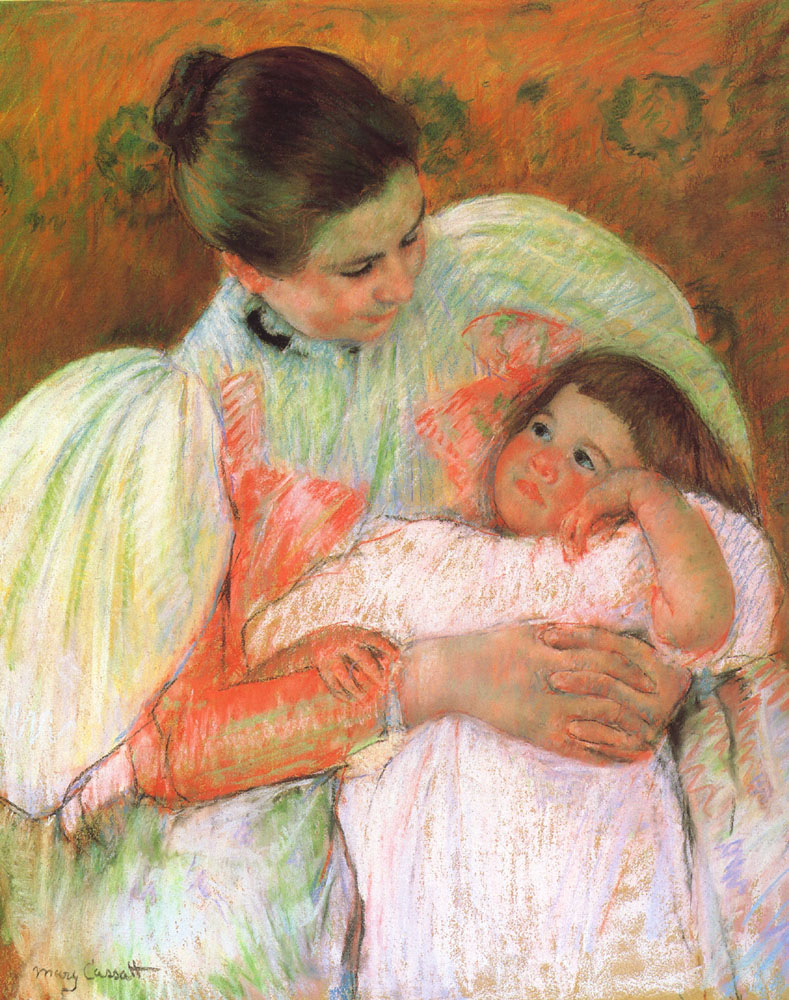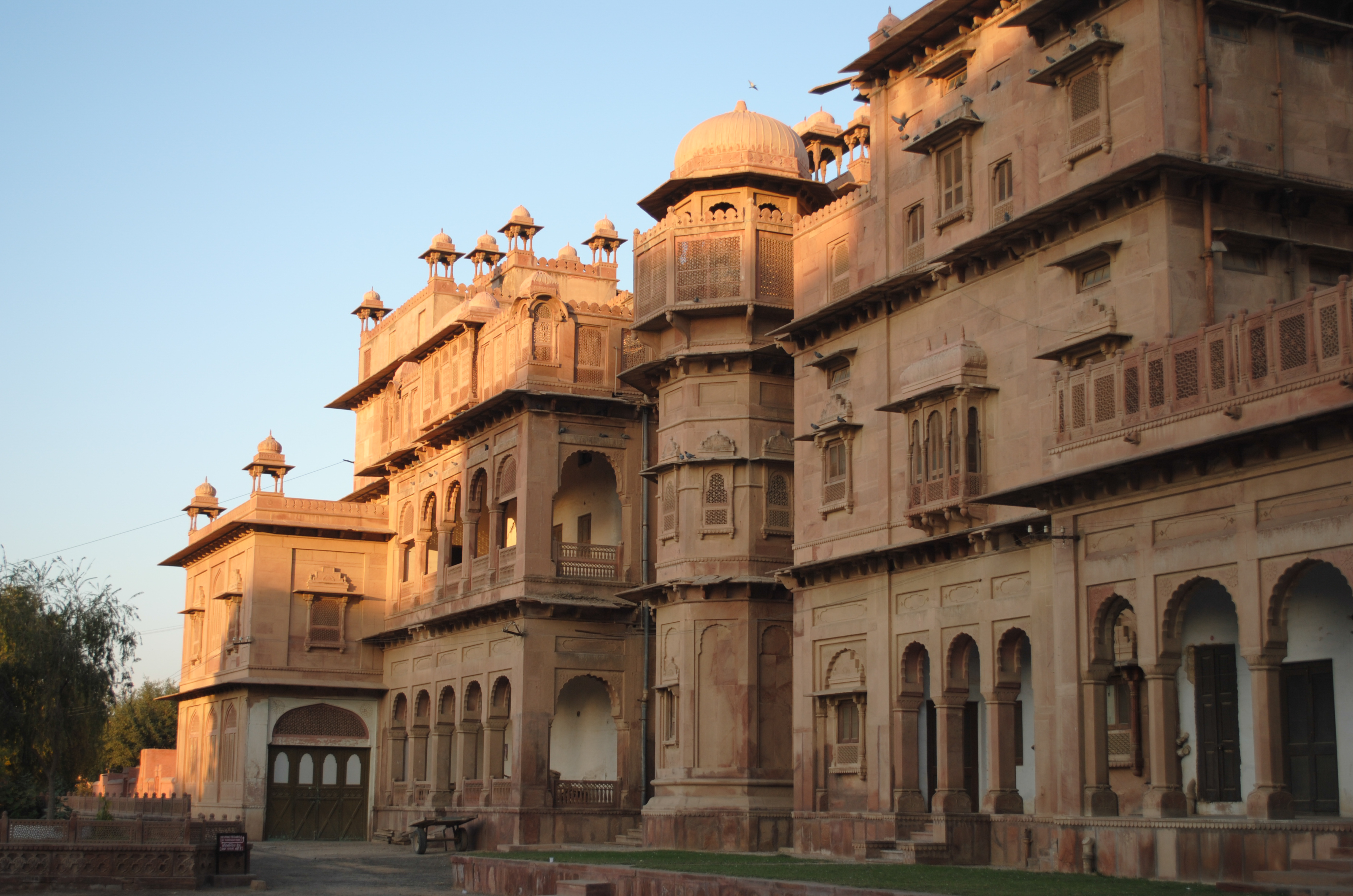|
Anthony Chenevix-Trench
Anthony Chenevix-Trench (10 May 1919 – 21 June 1979) was a British schoolteacher and classics scholar. He was born in British India, educated at Shrewsbury School and Christ Church, Oxford, and served in the Second World War as an artillery officer with British Indian units in Malaya. Captured by the Japanese in Singapore, he was forced to work on the Burma Railway. He taught classics at Shrewsbury, where he became a housemaster, and taught for another year at Christ Church. He was headmaster of Bradfield College, where he raised academic standards and instituted a substantial programme of new building works. Appointed headmaster of Eton College in 1963, he broadened the curriculum immensely and introduced a greater focus on achieving strong examination results, but was asked to leave in 1969 after disagreements with housemasters and an unpopular attitude to caning, which became the subject of a press controversy after his death. Following a one-year break during which he ta ... [...More Info...] [...Related Items...] OR: [Wikipedia] [Google] [Baidu] |
Kasauli
Kasauli is a town and cantonment, located in Solan district in the Indian state of Himachal Pradesh. The cantonment was established by the British Raj in 1842 as a Colonial hill station,Sharma, Ambika"Architecture of Kasauli churches" '' The Tribune'', Online edition, 2 March 2001. Retrieved 7 July 2012. from Solan, from Shimla, from Chandigarh, and from Ambala Cantt (Haryana), an important railway junction of North India. Demographics Kasauli is a Cantonment Board city in district of Solan, Himachal Pradesh. The Kasauli city is divided into 6 wards for which elections are held every 5 years. The Kasauli Cantonment Board has population of 3,885 of which 2,183 are males while 1,702 are females as per report released by Census India 2011. Population of Children with age of 0-6 is 406 which is 10.45% of total population of Kasauli (CB). In Kasauli Cantonment Board, Female Sex Ratio is of 780 against state average of 972. Moreover, Child Sex Ratio in Kasauli is around 888 co ... [...More Info...] [...Related Items...] OR: [Wikipedia] [Google] [Baidu] |
The Most Reverend
The Most Reverend is a style applied to certain religious figures, primarily within the historic denominations of Christianity, but occasionally in some more modern traditions also. It is a variant of the more common style "The Reverend". Anglican In the Anglican Communion, the style is applied to archbishops (including those who, for historical reasons, bear an alternative title, such as presiding bishop), rather than the style "The Right Reverend" which is used by other bishops. "The Most Reverend" is used by both primates (the senior archbishop of each independent national or regional church) and metropolitan archbishops (as metropolitan of an ecclesiastical province within a national or regional church). Retired archbishops usually revert to being styled "The Right Reverend", although they may be appointed "archbishop emeritus" by their province on retirement, in which case they retain the title "archbishop" and the style "The Most Reverend", as a courtesy. Archbishop De ... [...More Info...] [...Related Items...] OR: [Wikipedia] [Google] [Baidu] |
Lancer
A lancer was a type of cavalryman who fought with a lance. Lances were used for mounted warfare in Assyria as early as and subsequently by Persia, India, Egypt, China, Greece, and Rome. The weapon was widely used throughout Eurasia during the Middle Ages and the Renaissance by heavy cavalry, but fell out of general use in the late 16th century before its revival by light cavalry in the 19th century. 17th, 18th, and 19th century lancers The lancer ( Polish: ''ułan'', German: ''Ulan'', French: ''uhlan'') had become a common sight in the majority of European, Ottoman, and Indian cavalry forces during this time, but, with the exception of the Ottoman troops, they increasingly discarded the heavy armour to give greater freedom of movement in combat. The Polish "winged" lancers were amongst the last European units to abandon their armour. There was debate over the value of the lance in mounted combat during the 17th and 18th centuries, with most armies having very few lancer u ... [...More Info...] [...Related Items...] OR: [Wikipedia] [Google] [Baidu] |
Amah (occupation)
An amah or ayah (, pt, ama, german: Amme, Medieval Latin: ''amma''; or ''ayah'', pt, aia, Latin: ''avia'', Tagalog: ''yaya'') is a girl or woman employed by a family to clean, look after children, and perform other domestic tasks. ''Amah'' is the usual version in East Asia, while ''ayah'' relates more to South Asia, and tends to specifically mean a nursemaid looking after young children, rather than a general maid. Role It is a domestic servant role which combines functions of maid and nanny. They may be required to wear a uniform. The term, resembling the pronunciation for "mother" (see Mama and papa), is considered polite and respectful in the Chinese language. Ayahs have been identified as a distinctive occupational group in India from the late eighteenth century, becoming the mainstay of childcare work during the periods of Company rule in India and the British Raj, as colonial wives and therefore children became more prevalent. Joanna de Silva, a native of Bengal, po ... [...More Info...] [...Related Items...] OR: [Wikipedia] [Google] [Baidu] |
Nanny
A nanny is a person who provides child care. Typically, this care is given within the children's family setting. Throughout history, nannies were usually servants in large households and reported directly to the lady of the house. Today, modern nannies, like other domestic workers, may live in or out of the house, depending on their circumstances and those of their employers. Some employment agencies specialize in providing nannies, as there are families that specifically seek them and may make them a part of the household. Nannies differ slightly from other child care providers. A childminder works out of their own home, operating as a small business. In America, childminders are often advertised as a daycare. Depending on the country the childminder or daycare is in, government registration may or may not be required. Within the UK, a childminder must be Ofsted registered, hold a current paediatric first aid qualification, public liability insurance and follow the EYFS. A mot ... [...More Info...] [...Related Items...] OR: [Wikipedia] [Google] [Baidu] |
Mewar
Mewar or Mewad is a region in the south-central part of Rajasthan state of India. It includes the present-day districts of Bhilwara, Chittorgarh, Pratapgarh, Rajsamand, Udaipur, Pirawa Tehsil of Jhalawar District of Rajasthan, Neemuch and Mandsaur of Madhya Pradesh and some parts of Gujarat. For centuries, the region was ruled by Rajputs. The princely state of Udaipur emerged as an administrative unit during the period of British East India Company governance in India and remained until the end of the British Raj era. The Mewar region lies between the Aravali Range to the northwest, Ajmer to the north, Gujarat and the Vagad region of Rajasthan to the south, the Malwa region of Madhya Pradesh state to the south and the Hadoti region of Rajasthan to the east. Etymology The word "Mewar" is vernacular form of "Medapata" ( IAST: Medapāṭa), the ancient name of the region. The earliest epigraph that mentions the word "Medapata" is a 996–997 CE (1053 VS) inscripti ... [...More Info...] [...Related Items...] OR: [Wikipedia] [Google] [Baidu] |
Rajput
Rajput (from Sanskrit ''raja-putra'' 'son of a king') is a large multi-component cluster of castes, kin bodies, and local groups, sharing social status and ideology of genealogical descent originating from the Indian subcontinent. The term Rajput covers various patrilineal clans historically associated with warriorhood: several clans claim Rajput status, although not all claims are universally accepted. According to modern scholars, almost all Rajput clans originated from peasant or pastoral communities. Over time, the Rajputs emerged as a social class comprising people from a variety of ethnic and geographical backgrounds. During the 16th and 17th centuries, the membership of this class became largely hereditary, although new claims to Rajput status continued to be made in the later centuries. Several Rajput-ruled kingdoms played a significant role in many regions of central and northern India from seventh century onwards. The Rajput population and the former Rajput state ... [...More Info...] [...Related Items...] OR: [Wikipedia] [Google] [Baidu] |
Udaipur
Udaipur () (ISO 15919: ''Udayapura''), historically named as Udayapura, is a city and Municipal corporation (India), municipal corporation in Udaipur district of the state of Rajasthan, India. It is the administrative headquarter of Udaipur district. It is the historic capital of the kingdom of Mewar in the former Rajputana Agency. It was founded in 1559 by Udai Singh II of the Sisodia clan of Rajput, when he shifted his capital from the city of Chittorgarh to Udaipur after Chittorgarh was besieged by Akbar. It remained as the capital city till 1818 when it became a British Raj, British princely state, and thereafter the Mewar province became a part of Rajasthan when India gained Indian Independence Act 1947, independence in 1947. The city is located in the southernmost part of Rajasthan, near the Gujarat border. It is surrounded by the Aravali Range, which separates it from the Thar Desert. It is placed almost in the middle of two major Indian metro cities, around 660 km ... [...More Info...] [...Related Items...] OR: [Wikipedia] [Google] [Baidu] |
India
India, officially the Republic of India ( Hindi: ), is a country in South Asia. It is the seventh-largest country by area, the second-most populous country, and the most populous democracy in the world. Bounded by the Indian Ocean on the south, the Arabian Sea on the southwest, and the Bay of Bengal on the southeast, it shares land borders with Pakistan to the west; China, Nepal, and Bhutan to the north; and Bangladesh and Myanmar to the east. In the Indian Ocean, India is in the vicinity of Sri Lanka and the Maldives; its Andaman and Nicobar Islands share a maritime border with Thailand, Myanmar, and Indonesia. Modern humans arrived on the Indian subcontinent from Africa no later than 55,000 years ago., "Y-Chromosome and Mt-DNA data support the colonization of South Asia by modern humans originating in Africa. ... Coalescence dates for most non-European populations average to between 73–55 ka.", "Modern human beings—''Homo sapiens''—originated in Africa. Th ... [...More Info...] [...Related Items...] OR: [Wikipedia] [Google] [Baidu] |
British Indian Army
The British Indian Army, commonly referred to as the Indian Army, was the main military of the British Raj before its dissolution in 1947. It was responsible for the defence of the British Indian Empire, including the princely states, which could also have their own armies. As quoted in the Imperial Gazetteer of India, "The British Government has undertaken to protect the dominions of the Native princes from invasion and even from rebellion within: its army is organized for the defence not merely of British India, but of all possessions under the suzerainty of the King-Emperor." The Indian Army was an important part of the British Empire's forces, both in India and abroad, particularly during the First World War and the Second World War. The term ''Indian Army'' appears to have been first used informally, as a collective description of the Presidency armies, which collectively comprised the Bengal Army, the Madras Army and the Bombay Army, of the Presidencies of British ... [...More Info...] [...Related Items...] OR: [Wikipedia] [Google] [Baidu] |
Charles Chenevix Trench
Charles Pocklington Chenevix Trench (29 June 1914 - 26 November 2003) was a British Indian army officer, popular historian and writer. Life He was born in Simla, India as the only son of Sir Richard Chenevix Trench, a member of the Indian Political Service. Sir Richard was grandson of Richard Chenevix Trench (1807–1886), Archbishop of Dublin. Charles was a cousin of Anthony Chenevix-Trench, later headmaster of Eton College. After studying at Winchester College and Magdalen College, Oxford, Charles received a regular Indian Army commission in 1934, joined Hodson's Horse in 1936 and became a fluent Pashto speaker. During the final weeks of 1st Army's advance into Tunisia in 1943 he was attached to the 12th Lancers. In 1944, whilst attending a course at Benevento, he went to visit another Hodson's Horse officer who was a staff officer in 8th Indian Division. His friend put him on attachment to a Pathan company in the 1st Battalion of the 12th Frontier Force Regiment. He won ... [...More Info...] [...Related Items...] OR: [Wikipedia] [Google] [Baidu] |
Archbishop Of Dublin (Church Of Ireland)
The Archbishop of Dublin is a senior bishop in the Church of Ireland, second only to the Archbishop of Armagh. The archbishop is the diocesan bishop of the United Dioceses of Dublin and Glendalough and the metropolitan bishop of the Province of Dublin, which covers the southern half of Ireland, and he is styled '' Primate of Ireland'' (the Archbishop of Armagh is the "Primate of All Ireland"). The archbishop's throne (''cathedra'') is in Christ Church Cathedral in central Dublin. The incumbent, from 11 May 2011, is Michael Jackson who signs as ''+Michael DUBLIN''. History The Dublin area was Christian long before Dublin had a distinct diocese. The remains and memory of monasteries famous before that time, at Finglas, Glasnevin, Glendalough, Kilnamanagh, Rathmichael, Swords, Tallaght, among others, are witness to the faith of earlier generations and to a flourishing Church life in their time. Following a reverted conversion by one Norse King of Dublin, Sitric, his s ... [...More Info...] [...Related Items...] OR: [Wikipedia] [Google] [Baidu] |








